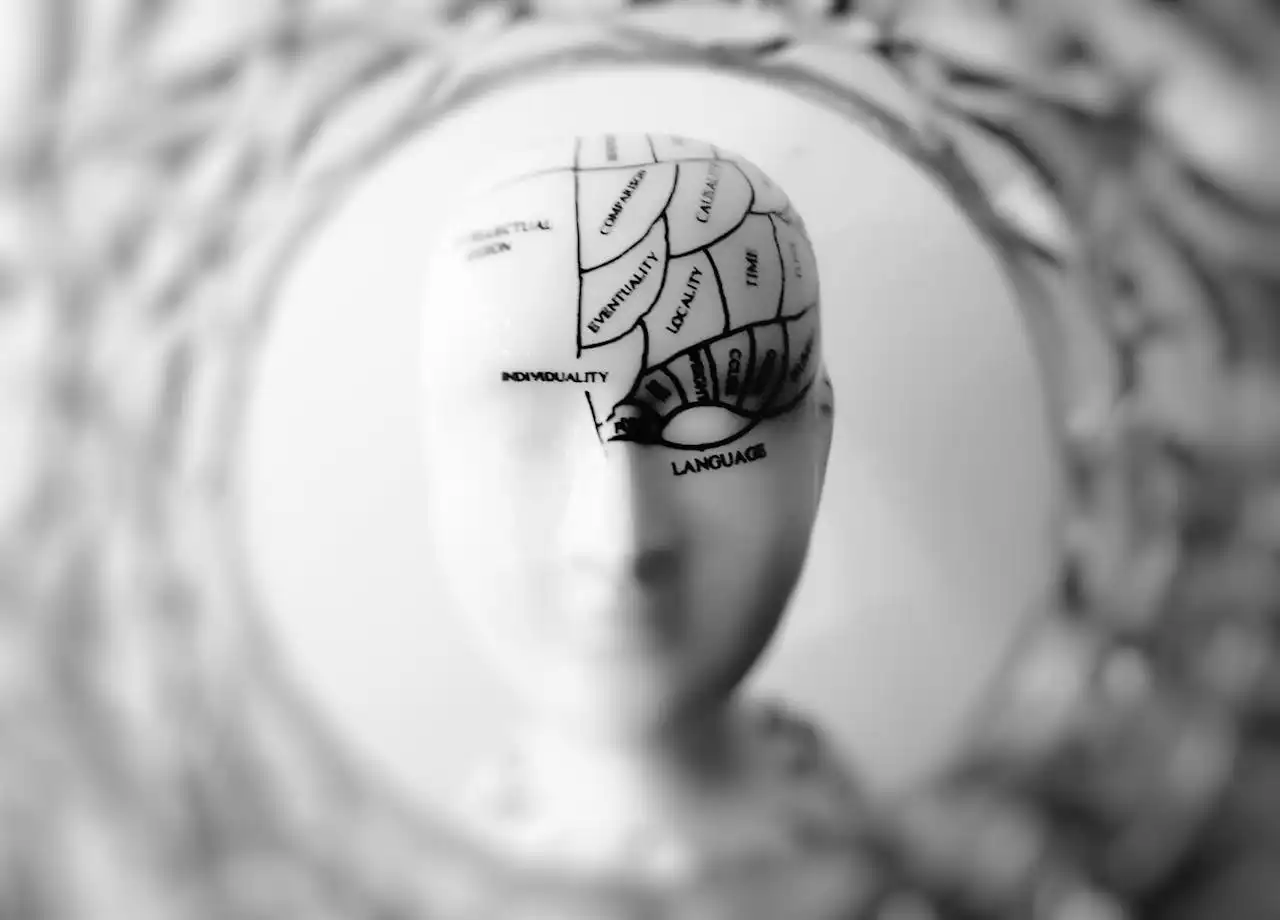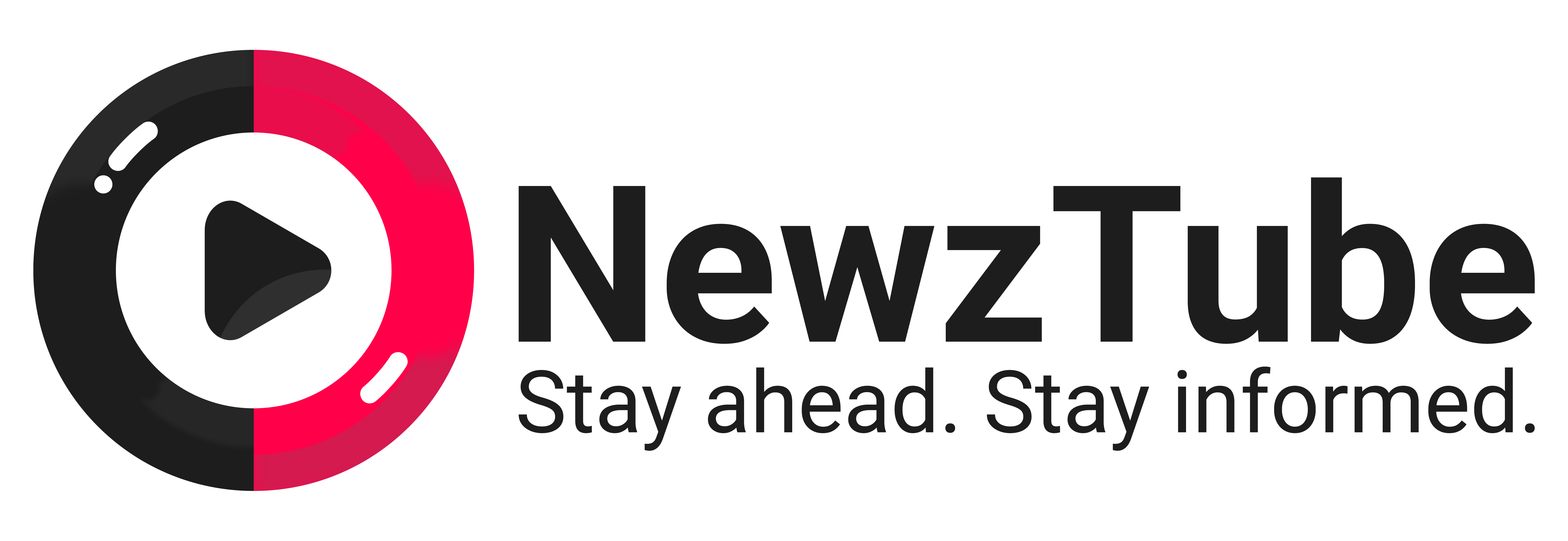Cracking the Code: Your Guide to Taming Those Beastly Migraines
Muhe - Thursday, 28 August 2025 | 05:00 PM (WIB)


The Elusive Cure: Why It's Not as Simple as Popping a Pill
Let’s get real from the get-go: when people ask, "How do you cure migraines?" they're often hoping for a single, definitive answer. The truth is, it’s a bit more complicated than that. Migraines aren't like a common cold where you take some meds and boom, you're better in a few days. They're a complex neurological disorder influenced by a cocktail of genetics, environmental factors, and individual triggers. Think of it less as a "cure" and more as a "management mastery." It's about finding the right combination of tools that work for your unique body and brain to reduce their frequency, intensity, and duration.Understanding the Enemy: What Exactly Are We Up Against?
Before we dive into solutions, a quick primer. Migraines aren't just severe headaches. They often come with a whole entourage of symptoms: sensitivity to light (photophobia), sound (phonophobia), and smells (osmophobia), nausea, vomiting, and sometimes even visual disturbances known as auras. These attacks can last for hours or even days, leaving you feeling utterly wiped out. Identifying your triggers – be it certain foods, stress, lack of sleep, hormonal shifts, or even weather changes – is your first detective step. Keep a migraine diary; it's seriously a game-changer for spotting patterns.Building Your Defense: Lifestyle Tweaks, Your First Line of Attack
Honestly, some of the most powerful "cures" for migraines aren't found in a pharmacy, but in your daily habits. Think of these as the foundational pillars of your migraine management strategy.- Slay the Stress Monster: Stress is a massive trigger for many migraine sufferers. Learning to chill out – whether it's through meditation, yoga, deep breathing exercises, or just making time for hobbies you love – can make a world of difference. Your brain needs a break!
- Catch Those Zzzs: Irregular sleep patterns can seriously mess with your brain chemistry. Aim for a consistent sleep schedule, even on weekends. Your body loves routine, and your head will thank you.
- Hydrate, Hydrate, Hydrate: Dehydration is a surprisingly common migraine trigger. Keep that water bottle handy and sip throughout the day. Your brain is mostly water, so keep it topped up!
- Mindful Munching: Certain foods like aged cheese, processed meats, artificial sweeteners, and even caffeine (withdrawal or excess) can be triggers. It's not about deprivation, but about identifying your personal no-go zones and fueling your body with wholesome, regular meals.
- Get Moving: Regular, moderate exercise can actually help reduce migraine frequency and intensity. Just don't go from zero to marathon runner overnight; sudden, intense exertion can sometimes trigger an attack.
When the Storm Hits: Acute Treatments for Immediate Relief
Alright, so you’ve done your best with prevention, but sometimes a migraine still sneaks up on you. That’s when you need immediate relief. These are your "big guns" for when an attack is underway:- Over-the-Counter (OTC) Heroes: For milder attacks, tried-and-true pain relievers like ibuprofen, naproxen, or aspirin, often combined with caffeine, can sometimes do the trick. Take them at the first sign of a migraine.
- Triptans: The Go-To Guys: For many, triptans (like sumatriptan, zolmitriptan) are life-savers. They work by constricting blood vessels and blocking pain pathways in the brain. They're usually most effective when taken early in an attack.
- CGRP Inhibitors (Acute): The New Kids on the Block: Medications like ubrogepant (Ubrelvy) and rimegepant (Nurtec ODT) are a newer class of drugs that specifically target a protein called CGRP, which plays a key role in migraine pain. They're often effective for those who don't respond well to triptans or can't take them.
- Practical Measures: Sometimes, just retreating to a dark, quiet room, applying a cold pack to your head or neck, or drinking a strong coffee (if caffeine helps your specific migraine) can offer some comfort.
Building a Shield: Preventive Strategies to Reduce Frequency
The goal here is to make migraines a rare guest, not a regular visitor. These treatments are taken daily to reduce the number of attacks you experience:- Established Oral Medications: Believe it or not, some drugs originally developed for other conditions (like certain beta-blockers, antidepressants, and anti-seizure medications) have proven effective in preventing migraines. Your doctor can help you navigate these.
- CGRP Inhibitors (Preventive): The Game Changers: This is where things get really exciting for many. Injectable CGRP inhibitors (like Aimovig, Emgality, Ajovy, Vyepti) are specifically designed to prevent migraines by blocking the CGRP pathway. For chronic migraine sufferers, these have been nothing short of revolutionary.
- Botox for Chronic Migraine: Yes, the same stuff that smooths wrinkles can also prevent chronic migraines for some people. Injections around the head and neck can help calm overactive pain nerves. Who knew?
- Supplements: Some studies suggest that high doses of magnesium, CoQ10, and riboflavin (Vitamin B2) might help reduce migraine frequency. But remember, always chat with your doctor before adding any supplements to your routine.
Exploring Beyond the Norm: Alternative Approaches
Sometimes, traditional medicine needs a helping hand, and there are several alternative therapies worth exploring, always under medical guidance, of course:- Acupuncture: This ancient Chinese practice, involving tiny needles, has shown promise for some in reducing migraine frequency and intensity.
- Biofeedback: It's like learning to control your body's involuntary responses (like heart rate and muscle tension) through relaxation techniques. Some find it effective in managing stress-induced migraines.
- Herbal Remedies: Feverfew is probably the most talked-about herb for migraines, but again, get professional advice before trying anything.
- Medical Devices: Devices like Cefaly, which stimulate the trigeminal nerve, or various neuromodulation devices, are non-pharmacological options that can be explored.
Don't Go It Alone: The Power of Professional Guidance
Honestly, trying to figure all this out on your own is like trying to navigate a maze blindfolded. The absolute best thing you can do is partner with a healthcare professional – ideally a neurologist or a headache specialist. They can help you identify your specific migraine type, pinpoint triggers, and craft a personalized treatment plan that combines acute, preventive, and lifestyle strategies. They can guide you through the options, explain potential side effects, and help you find what truly works for you. Because, let’s be real, your brain is unique, and so should be its care plan.Living Your Best Life, Migraine or Not
Managing migraines is a journey, not a sprint. There will be good days and challenging ones. The goal isn't necessarily to eradicate every single migraine – though that would be sweet! – but to significantly improve your quality of life, reduce the frequency and severity of attacks, and give you back control. Stay informed, stay proactive, and most importantly, be kind to yourself. You're tougher than you think, and with the right strategies, you can absolutely live a full, vibrant life, even with migraines along for the ride. Here’s to fewer headaches and more living!
How to Relax Your Mind During the Weekend
2 months ago

ChatGPT's Compassionate Turn: How AI Is Learning to Handle Mental Health Crises Better
2 months ago

Coffee vs. Tea: The Morning Brew Showdown That's More Than Just a Cuppa
2 months ago

Fuel Your Supercomputer: Five Foods That Will Level Up Your Brainpower
2 months ago

Unlocking Your Inner Shield: Five Veggies That Are Basically Superheroes for Your Immune System
2 months ago

Your Secret Weapon for Weight Loss? It's As Simple As Putting One Foot in Front of the Other
2 months ago

Forever Young: The Secret to a Glowing, Timeless Life
2 months ago

Your Gut Feeling is Right: How to Feed Your Inner Universe for a Happier, Healthier You
2 months ago

Navigating Your Daily Grind: When Does Your Coffee Habit Cross the Line?
2 months ago

Rethink Your Sip: The "Bad" Drinks That Are Secretly Diet Game-Changers
2 months ago
